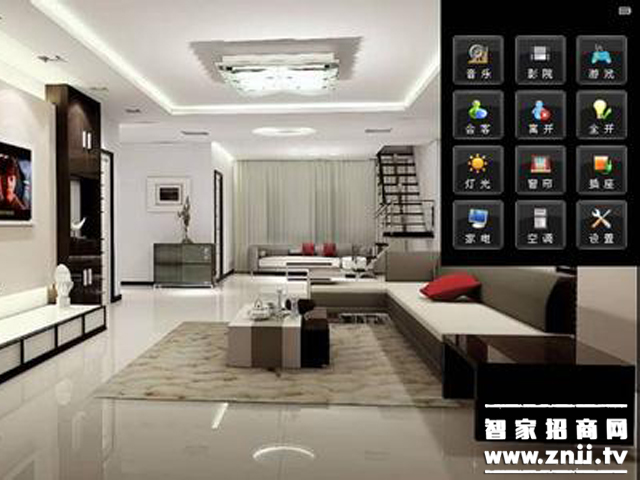Nowadays it is already the age of big data. The era of Internet-derived Internet of Things has come. With the intelligentization of electrical appliances, the anti-war of smart homes is even more out of control. The current smart home market is as blue as the sky in the public's mind, and it is also appearing in the public's view with more and more intelligent furniture products. While we are gradually linking technology and praising technology, we are also wondering what kind of real smart home is. What can we bring? Is it simple to control the phone automatically turn on the TV, lights, etc.? As these smart products gradually come into our eyes, how do you view smart homes?

In the common household appliances in the urban area, the public is the most indispensable computer. It is worth noting that kitchen appliances are more important than clean appliances. 8.6% of consumers believe that refrigerators are the most indispensable appliances, and 7.1% of consumers think that rice cookers can not be less, while only 3.6% of respondents believe that washing machines are at home.
From a gender perspective, men are undoubtedly "entertainment control": men's demand for televisions and computers exceeds that of women. The woman is destined to be "eating goods" "cooks": Women said that the proportion of people living in refrigerators and rice cookers exceeds that of men.
From an age point of view, the 90s had the highest degree of reliance on computers, and 66.1% of the 90's said that life was most dependent on computers, which was higher than other age groups. At the same time, the survey found that the older you are, the higher your dependence on refrigerators and rice cookers.
The survey data also showed that among many smart device concept products, consumers are most expecting environmental sensors (30%) that can detect PM2.5 and harmful gases, smart door locks (17.7%), and chopsticks that can detect temperature and monitor a healthy diet. (12.3%) etc. The smart devices that consumers are most concerned about are still concentrated in the home field.
In terms of gender, male consumers are more likely to expect intelligent devices such as smart ambient sensors (34.2%) and flying cameras (8.7%). Women are highly concerned about health and safety products such as smart locks (18.2%), healthy chopsticks (15.1%), and healthy cups (9.3%).
From an age point of view, consumers of different ages have developed a keen interest in the PM2.5 sensor. It is worth noting that elderly people who have always been considered to be insensitive to science and technology are even more eager for devices such as smart sockets, flying cameras, smart locks, and other devices than young and middle-aged people. After 90, they have a high interest in smart bracelets that can project the screen of a mobile phone on the arm.
The development of science and technology is the result of people's expectations. People are embracing the benefits that technology brings to them. Perhaps smart home is the closest thing to life, and it is also the smart product that we can feel the most. All people are watching it and hope it will come to us. Bring more beauty.
Shear Beam Load Cells,Shear Beam Load Cell,Shear Beam Type Load Cell,Beam Loadcell
Xiaogan Yueneng Electronic Technology Co., Ltd. , https://www.xgsensor.com